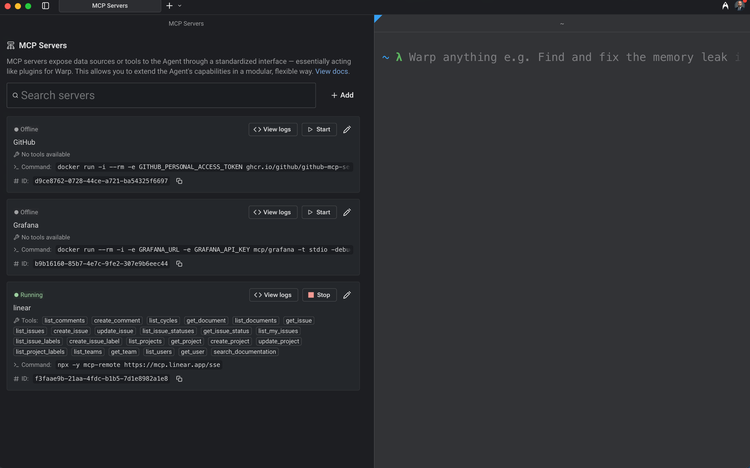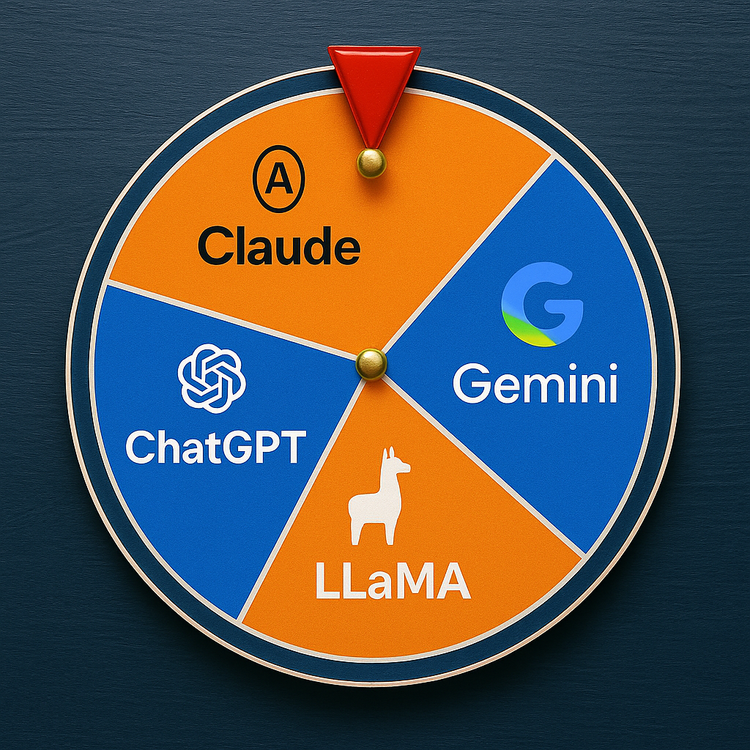The Art of the Impactful Status Report: A TPM’s Secret Superpower

Most impactful reports follow a structure that balances signal over noise. Here’s a format that I found to be quite effective:
1. Goal
The first thing I like to put even if it may seem redundant, is the goal. If you have an exact wording, put it up there in clear and simple formatting, such as By AUG-20, deliver CICD to 40 or more P1/2 applications.
2. High-Level Summary
A one- to two-sentence snapshot for your execs. Color-coded statuses help, but always explain the why behind the color. I am fond of Amazon’s narrative format, I like to have one sentence that says it all, what it is, the status, and what is next.
Example: As of SEP-30, we are YELLOW to migrate schema 3.0 to 40 or more applications due to dependency delays from backend team, with a Path to Green to facilitate a deep-diving technical session with all engineering stakeholders by JUL-21.
3. Progress Since Last Update
Celebrate wins, completed milestones, and changes in direction.
- Login UI shipped;
- Load testing in progress;
- Completed stakeholder alignment on analytics requirements.
4. Risks & Blockers
Build trust by surfacing issues early. Be specific and solution-oriented.
- Risk: Backend team short-staffed.
Mitigation: Contractor starts Friday to stabilize velocity. I like to put this in a table with a risk number, description of risk, mitigation, and date, as well as las status.
5. Next Steps / Upcoming Milestones
Keep everyone oriented. Even if things aren’t moving fast, show what’s coming. I like to provide bullet points of upcoming milestones. Adjust to your audience. Senior Directors may not care about the small items but rather major episode.
- API integration testing (May 13–17)
- Feature freeze on May 23
6. Asks / Escalations
If leadership can help, tell them how. No vague nudges. This status report is the window for highlighting help. I would consider putting this up the top of the status report so leadership see this first and foremost.
- Need product sign-off by Thursday
- Waiting on legal for vendor contract approval
Frequency: Consistency Over Intensity
Weekly is the gold standard, especially during crunch periods. Biweekly may work in calmer phases. The point is to be predictable. A missed status report often speaks louder than one with no updates.
Don’t be afraid to keep it short. A clean, readable 5-minute update every Friday beats a monthly novella nobody reads.
Soliciting Feedback
Your early reports may miss the mark. That’s okay. Ask stakeholders:
- Is this useful?
- What would make this easier to digest?
- What are you skipping?
Watch what gets forwarded or quoted in meetings. That’s the real metric of value.
Automation & GenAI: Work Smarter, Not Just Harder
Let’s be honest—manually compiling status reports can feel like a part-time job. Luckily, the machines are here to help, and they’re not terrible at it.
I rely on PowerBI and for me, I craft a dashboard out of my reports that contains all of the key dashboards, along with the insights that I manually write up. Eventually I will transition that part over to CoPilot GenAI to even write the insights for me. The reports are then automatically emailed out every Friday.
If your company allows it, these are some other ideas you could look into:
- JIRA + Confluence integration: Auto-pull sprint progress and tickets into readable summaries.
- Slack bots like Geekbot or Standuply: Schedule async updates from engineers and roll them up.
Generative AI tools can draft reports based on:
- Pulling updates from commit logs, issue trackers, and calendars
- Summarizing meetings or Slack threads
- Turning bullet points into well-structured narratives
Just remember: AI can draft, but it can’t sense politics, urgency, or the subtext your VP is reading between the lines. That’s why Microsoft call their tool CoPilot. You are still the pilot!
Final Tips to Consider
- Be concise, not cryptic: Avoid hiding meaning behind acronyms or tech-speak.
- Write for your audience: Execs skim. Devs scan. Tailor accordingly.
- Lead with outcomes, not activity: “Launched beta” > “Worked on backend”
- Use light visuals: Burndowns, velocity charts, milestone timelines: yes. Gantt chart bloat: no.
Status reports are your way of being heard before anyone even replies.





Member discussion